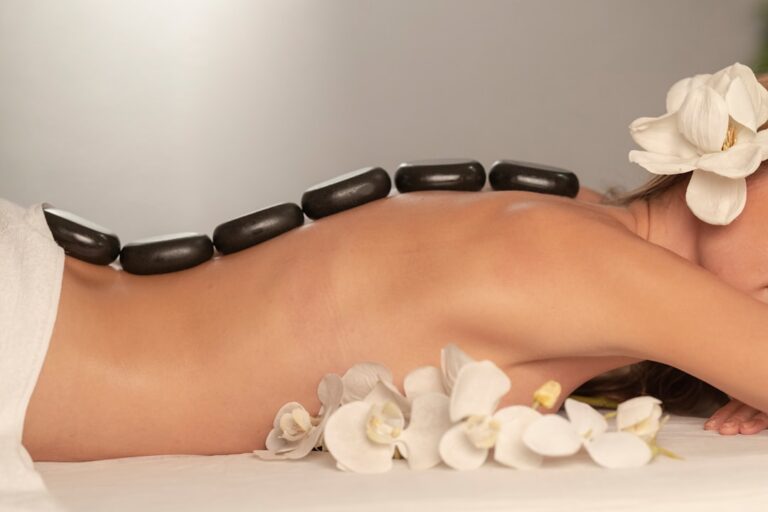Dry needling is an innovative therapeutic technique that has gained popularity in recent years, particularly in the realm of physical therapy and rehabilitation. This method involves the insertion of thin needles into specific trigger points in the muscles, aiming to alleviate pain and improve mobility. In Werribee, dry needling is increasingly recognised as an effective treatment for various musculoskeletal conditions, offering a promising solution for those seeking relief from chronic pain.
One of the primary reasons individuals seek dry needling is its effectiveness in treating myofascial pain syndrome. This condition, characterised by the presence of tight knots in muscles, can lead to significant discomfort and restricted movement. The needles used in dry needling target these trigger points, which can help release muscle tension, improve blood flow, and promote healing. Patients often report immediate relief from pain following a session, making it a popular choice for those suffering from muscle-related issues.
The technique is often confused with acupuncture, but there are fundamental differences between the two. While acupuncture is rooted in traditional Chinese medicine and focuses on balancing the body’s energy, dry needling is based on Western medicine principles. It specifically targets muscle knots and other areas of tension, making it a more focused approach to pain management. This distinction is important for patients to understand when considering their treatment options.
In Werribee, many healthcare professionals have been trained in this technique, and it is becoming a standard part of rehabilitation programmes. The procedure is typically performed by qualified physiotherapists or chiropractors who have undergone specialised training. Before the treatment begins, practitioners will conduct a thorough assessment to identify the areas of concern and develop a tailored treatment plan for each patient. This personalised approach ensures that the dry needling is effective and addresses the specific needs of the individual.
Patients often wonder about the safety and side effects of dry needling. Generally, the procedure is considered safe when performed by a trained professional. Common side effects may include temporary soreness at the needle insertion sites, mild bruising, or fatigue following treatment. However, these effects are usually short-lived and can be managed with proper post-treatment care. It is essential for patients to communicate openly with their practitioners about any concerns they may have regarding the procedure.
In addition to pain relief, dry needling can also play a crucial role in enhancing overall physical function. By relieving muscle tension and improving blood circulation, patients often experience increased range of motion and flexibility. This can be particularly beneficial for athletes or individuals engaged in physically demanding activities, as it can help prevent injuries and improve performance.
For those considering dry needling in Werribee, it is advisable to seek out practitioners who have a solid reputation and extensive experience in the technique. Many clinics offer consultations to discuss treatment options and expectations, allowing patients to make informed decisions about their care. Additionally, integrating dry needling with other therapeutic modalities, such as physical therapy or massage, can enhance the overall effectiveness of the treatment.
In conclusion, dry needling is an effective and increasingly popular treatment option for individuals dealing with chronic pain and muscle tension in Werribee. Its ability to target specific trigger points makes it a valuable tool in the rehabilitation process. If you are struggling with pain or discomfort, consider exploring dry needing werribee as a potential solution. With proper guidance and treatment, many individuals find significant relief and improved quality of life through this innovative technique.




